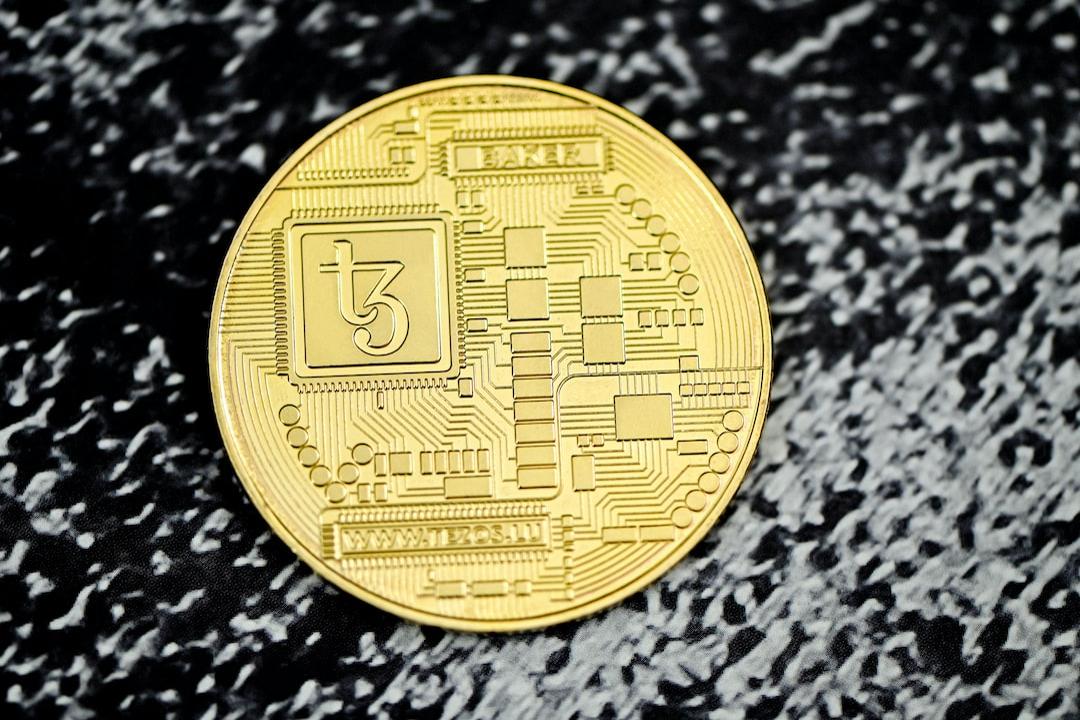Payment provider Alchemy Pay recently announced the launch of its L1 blockchain, Alchemy Chain, which integrates L2 solutions and utilizes the Solana Virtual Machine (SVM) as its underlying technology. This initiative aims to support the integration of on-chain transactions with off-chain data, while also incorporating account mapping and data synchronization technologies to accelerate settlement speeds.
Alchemy Chain enhances payment security and performance through its unique innovations, including Trusted Proof-of-Authority (TPoA), Block-Wing, and the ACH Ramp Protocol.


Application Model and Infrastructure of Alchemy Chain
The design goal of Alchemy Pay in developing Alchemy Chain is to create a highly scalable payment platform for large-scale commercial applications, increasing the interoperability between on-chain operations and off-chain storage, and handling fast transaction speeds with high efficiency, while maintaining flexibility and stability as user numbers grow. Alchemy Chain employs its proprietary technology: the verification mechanism of Trusted Proof-of-Authority (TPoA) to ensure the security and speed of node verification, while also introducing L2 scaling solutions to reduce data redundancy and optimize overall scalability. The architecture of Alchemy Chain is suitable for maintaining transaction flexibility and stability in the context of increasing user numbers.
ACH Supports Gas Fees and Fiat Currency Exchange
The Alchemy Pay token (ACH) can be used on Alchemy Chain, allowing users to pay gas fees and transactions with both ACH and fiat currency. This enables seamless conversion of profits and other on-chain earnings into legal tender. Additionally, Alchemy Chain plans to implement a stablecoin yield mechanism in the future.
Introduction of Launchpad and Telegram Bot to Promote Meme Project Establishment
The launch of Alchemy Chain also introduces a Meme Launchpad and a Meme Telegram Bot, aimed at lowering the technical barriers to facilitate the establishment of meme projects and providing a “lightweight” interface for developers to interact easily with the system.


